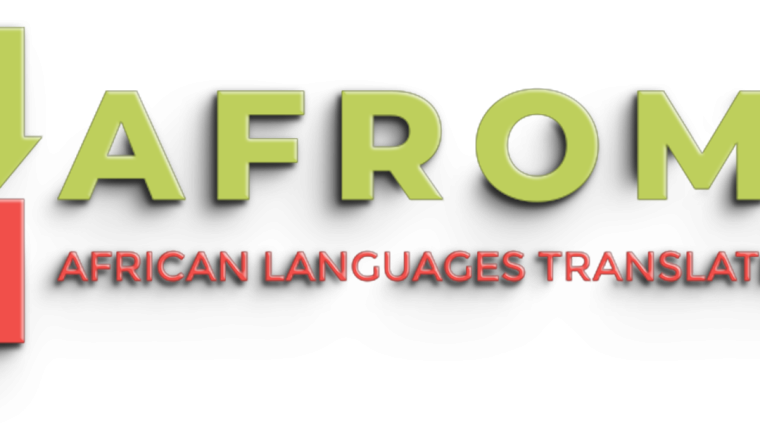Choosing the right translation partner is crucial for businesses looking to expand their reach in global markets. However, many companies make common mistakes during this selection process that can lead to miscommunication, inflated costs, and compromised quality. Understanding these pitfalls can help you make informed decisions and find a translation partner that aligns with your needs. Here are the top five mistakes to avoid when choosing a translation partner, along with strategies to help you sidestep these issues.
1. Using Complex Pricing Models
One of the most significant mistakes companies make is opting for complex pricing models that can lead to confusion and unrealistic expectations. For instance, fixed pricing per language does not account for the varying cost structures across different languages. This can result in overcharges for high-demand languages like Spanish or undercharges for less common languages like Japanese.
How to Avoid This Mistake: Stick to per-word pricing, which allows for adjustments based on language rates and project volume. For more accurate estimates, request project-based quotes using sample documents relevant to your needs. This approach ensures transparency and helps you understand the cost implications better.
2. Relying Only on Per-Word Pricing
While per-word pricing is a common practice, it often fails to capture the full scope of costs associated with translation projects. Factors such as volume discounts, memory matches, and project management fees can cause per-word quotes to fluctuate significantly, sometimes by as much as 30%.
How to Avoid This Mistake: Provide sample documents to potential vendors and ask for a detailed breakdown of costs, including any additional fees. This will give you a clearer picture of the total expenses involved and help you avoid unexpected surprises later on.
3. Requesting Sensitive Financial Data
Many companies make the mistake of asking for detailed financial information, such as income statements, from potential translation partners. This request can be seen as intrusive and is often unnecessary for assessing a vendor’s capabilities.
How to Avoid This Mistake: Instead of delving into sensitive financial data, focus on general stability indicators. Request information such as the number of years the company has been in business, revenue ranges, or a list of notable clients. This approach allows you to gauge the vendor’s capacity without compromising their privacy.
4. Overemphasizing Office Locations
Another common mistake is placing too much importance on the number of office locations a translation provider has. While it may seem relevant, the reality is that many translation projects involve teams of translators and project managers working remotely from various locations.
How to Avoid This Mistake: Instead of asking about office locations, inquire about the vendor’s global support capabilities. Focus on aspects such as time zone coverage, rush availability, and the percentage of translators based in specific regions. This will give you a better understanding of the vendor’s ability to meet your global demands without making assumptions based solely on physical office addresses.
5. Being Vague About Priorities
Companies often fail to communicate their priorities clearly, leading to misalignment between their needs and the proposals submitted by translation vendors. For example, procurement teams may claim that quality is the top priority but ultimately select the lowest bidder, resulting in wasted time and resources.
How to Avoid This Mistake: Be upfront about your main priorities, whether it’s cost, quality, or turnaround time. Transparency allows vendors to propose solutions that align with your goals, such as offering machine translation with post-editing to balance cost and quality. This clarity helps ensure that the proposals you receive are tailored to your specific needs.
Final Thoughts
Choosing the right translation partner is a critical step in ensuring effective communication across language barriers. By avoiding these common mistakes—complex pricing models, reliance on per-word pricing, intrusive financial requests, overemphasis on office locations, and vagueness about priorities—you can streamline the selection process and find a vendor that meets your needs.
Successful partnerships require clear communication, realistic expectations, and a collaborative approach. By asking thoughtful questions and being transparent about your goals, you can build a solid foundation for a successful relationship with your translation partner.
To further assist you in this process, consider downloading an RFP template designed to help you evaluate potential providers based on essential factors like pricing, capabilities, and quality assurances. This tool can empower you to make a confident decision when selecting the best partner for your translation needs.


